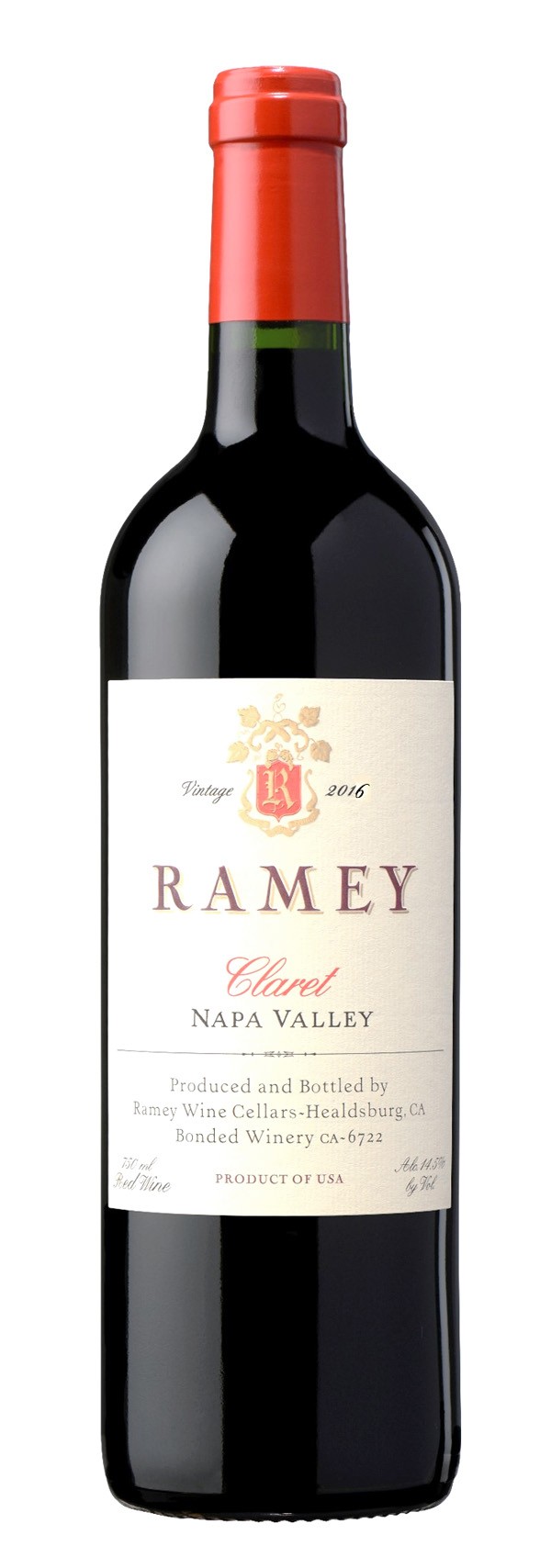When you’re not completely clear on claret, you’re already halfway to getting it. And you’re not alone in posing the question: what’s a claret?
“Well, first off, let me congratulate you on pronouncing it correctly,” winemaker David Ramey replies (well, thank you, Mr. Ramey) when I ask him if visitors to his Healdsburg tasting room want for some clarification on the topic. “That’s the first order of education. It’s an English word: it’s clare-et, not clare-ay!” It’s meant ‘wine from Bordeaux’ to them for a long time.”
That’s not to say there isn’t a similar word sporting a silent t, says Ramey, noting that claret derives from a French word meaning “clear and light,” which describes the style of wine that—summing up a brief history of Bordeaux wine from the
era of Eleanor of Aquitaine on up through contemporary modifications to the Tax and Trade Bureau’s labeling requirements for U.S. wines—English wine drinkers expected
from the region for many years: a pleasant, ruby quaff that generally contains Cabernet Sauvignon with friends Merlot, Cabernet Franc,
Petit Verdot and Malbec.
When Ramey made his first red for his own label, his distributors balked at his idea to call it “Petite Rouge.” So claret it was, and with good timing: soon afterward, the heavies from the EU stepped in, claiming claret for exclusive use by French vintners. Ramey objects, noting that it’s not even a proper noun: “You cannot find it on a map of Bordeaux; it’s not a place.”
In any case, Ramey’s 2016 Napa Valley Claret ($42) has a grandfathered right to the label, and earns it squarely with light cherry color, red licorice aroma and sharp red currant flavor. Dry, tart and lightly tannic, with a slight dark roasted coffee top note, it’s an upscale “bistro wine” to be sure. But wait, what’s this? The back label says there’s eight percent Syrah in the blend. Is it still claret?
Of course, and there’s method to the admixture, says Ramey: “It’s a tip of the hat to the 1800s,” when some Bordeaux wineries carted in barrels of Syrah from Hermitage, in southeastern France, to boost their limpid blends—as you know, claret and rosé just don’t rhyme together.
Budget and claret go together in Francis Ford Coppola’s 2016 Black Label Claret ($21), which is Cabernet Sauvignon in the main, and a deeper—nay, opaque—ruby hue in the glass (no rules for claret, remember), but a buoyant little breeze of sweet, raspberry-soaked, creamy oak on the palate.
Ramey Wine Cellars, 25 Healdsburg Ave., Healdsburg. By appointment, Monday–Saturday, 10am–2pm. 707.433.0870. Francis Fort Coppola Winery,
300 Via Archimedes, Geyserville. Daily, 11am–6pm. 707.857.1471.











